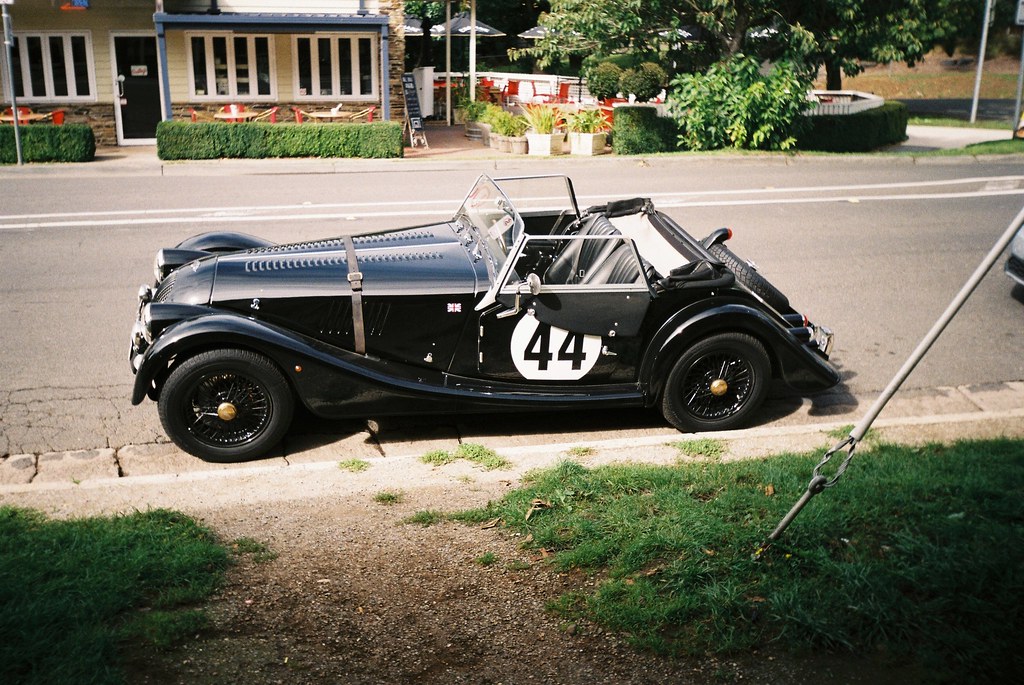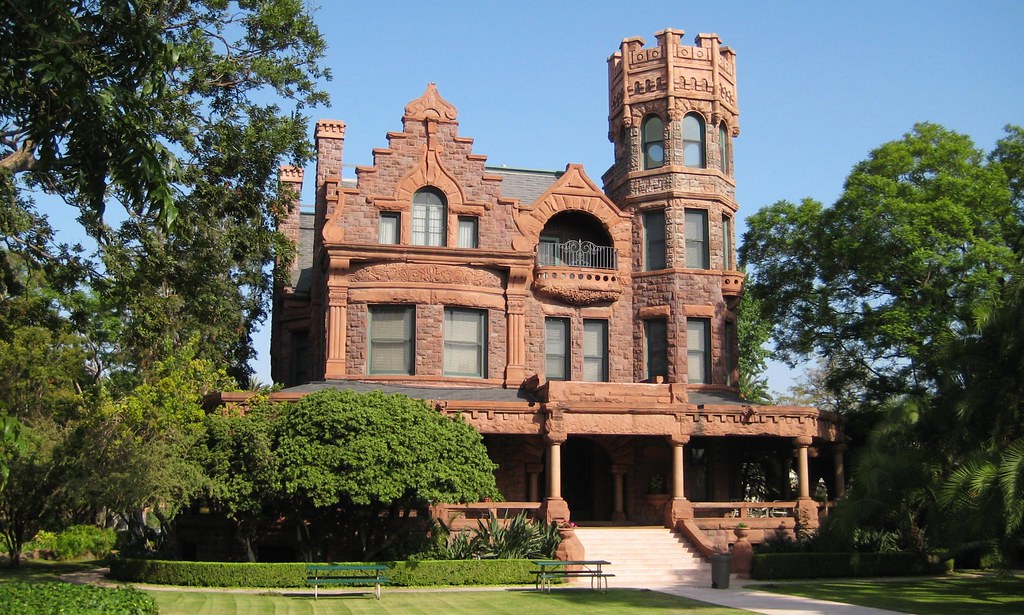 “Black car” by Matthew Paul Argall is licensed under
“Black car” by Matthew Paul Argall is licensed under
SUMMARY
Role
Screenwriter
Intention (SMART Goal)
By March 2nd, as part of my film team, I will explore the screenwriter’s skill pathway by following The Visual Story by Bruce Block and will have created scenes that use tone and contrasted lighting to show a character’s split mind over the scenes of our Session 4 project.
PRE-PRODUCTION – INQUIRY
Leader in the Field / Exemplary Work(s)
- John Hughes
- A quote from John Hughes about screenwriting, “I happen to go for the simplest, most ordinary things. The extraordinary doesn’t interest me. I’m not interested in psychotics. I’m interested in the person you don’t expect to have a story.”
- He wrote or co-wrote 31 movies including the seven below.
- The Breakfast Club, Ferris Bueller’s Day Off, Pretty in Pink, Sixteen Candles, National Lampoon’s Christmas Vacation, Home Alone, 101 Dalmatians.
- He wrote sixteen candles basically over the weekend.
- National Lampoon’s Christmas Vacation started as a short story called Christmas ’59.
Training Source(s)
- The Visual Story by Bruce Block
- Tone
- Control the gray scale
- Coincidence and non-coincidence of tone
- Contrast and affinity
- Dark tones, light tones, contrasty tones
- Exposure (normal, light, and dark)
- Find the subject, don’t confuse color with tone, hide or reveal objects
- Staging props based on where light is
- Screenwriting Tone: The Definitive Guide
- Tone in screenwriting is is the mood that you write through the words you chose.
- The tone shows the audience how they should feel about what’s happening.
- Write for how you want the audience to feel, that feeling is the tone you’re portraying.
- Examples of tones are scary, anxious, exciting, worried, serious.
Project Timeline
- Start Pre-Production
- Choose role
- Make a SMART goal
- Research visual story element tone.
- Create Shot list
- Create a timeline for the project.
- Collaborate with the team, discuss film ideas.
- Write log-line.
- Create Trello board with scrum
- Write script
- Start Production
- Gather Equipment and Props
- Coordinate clothing with Director
- Any changes to script with Director
- Start Post Production
- Work on presentation.
- Work on the blog post.
- Finish presentation and blog post.
- Present to class.
- Reflect on what could be done better.
- Present to Advisory Committee.
Proposed Budget
doing in teams later
PRODUCTION – ACTION
The FILM
Skills Commentary
I controlled tone through affinity and contrast using Adia and the car window.
POST-PRODUCTION – REFLECTION
21st Century Skills
Ways of Thinking (Creativity, Innovation, Critical Thinking, Problem Solving)
I was creative when using tone in the film. For example I had the window rolled down to show Adia’s face to represent affinity, and I had the window rolled up to hide Adia’s face to represent contrast.
Ways of Working (Communication & Collaboration)
I was a communicator and collaborator during our group decisions. We discussed how we were going to film certain scenes and how to solve problems.
Tools for Working (Info & Media Literacy)
I used Celtx to write my script and I used the book Visual Story by Bruce Block to learn about the story element tone and how I can implement tone into the film.
Ways of Living in the World (Life & Career)
I learned how to be a problem solver, and a researcher. I researched the story element of tone to help add affinity and contrast to the film. I was a problem solver when we talked in our groups and discussed how to film certain scenes.
Reactions to the Final Version
We had a few advisory members watch our film and presentation to give us feedback. Michelle said, “good job looking at the class when presenting and explaining what you did and why”. James had feedback for the whole group saying “try to intertwine the story elements together”.
Self-Evaluation of Final Version
Simple – Our logline was “Lily trying to deliver a package to someone”, which is very simple.
Unexpected – Our film was unexpected at the end when the package was made into a smoothie.
Emotional – Our film was emotional because it showed Lily rushing and worried.
Stories – Our film told a story that some people might be able to relate to.
What I Learned and Problems I Solved
I learned about the story element tone and how to incorporate it in the film. I problem solved by sharing my ideas for scenes when we got stuck or didn’t know how to film it.
Grammar and Spelling
Grammarly
Editor
Emma

Recent Comments